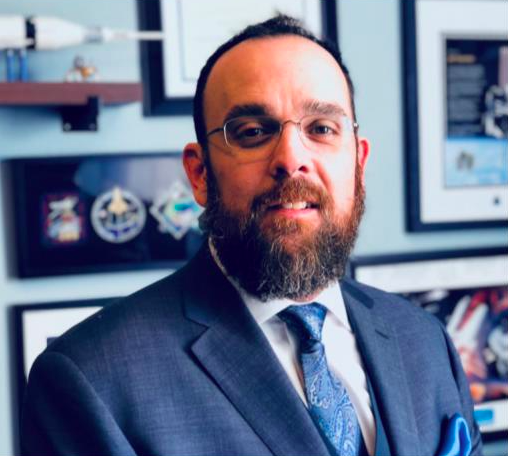Medical Physics Seminar – Monday, April 19, 2021
Development of Ground-based Analogs for Space Radiobiology Research

Jeffery Chancellor, PhD
Director, SpaRTAN Physics Laboratory
Assistant Professor, Department of Physics & Astrology, LSU
Assistant Professor, Department of Preventative Medicine & Population Health, UTMB
Fellow, Outer Space Institute, University of British Columbia
Despite decades of research, our understanding of the space radiation environment and its health risks to long-duration astronauts remains incomplete, compounded by the disparities seen between findings from space-based observations of human astronauts versus ground-based experiments. Astronauts are constantly exposed to galactic cosmic rays (GCR), a wide range of high-energy charged particles at very low dose rates. Most studies on the effects of GCR, in both cell and animal models, have relied on terrestrial irradiations using homogeneous dose distributions of mono-energetic beams composed of only one ion species or, more recently, exposures of multiple ions administered in rapid sequence. In almost all cases, practical considerations led to dose-rates that are several orders of magnitude higher than those encountered in space. This seminar will discuss current efforts to develop novel approaches to simulating the complex space radiation environment and the development of more realistic ground-based space radiation analogs. A specific focus will be on current research funded by NASA’s Human Research Program to develop and validate a novel ground-based model that will more accurately predict short- and long-term degenerative tissue effects, with an initial focus on the cardiovascular system. For this we leverage high-performance multi-core computers (e.g., supercomputers) and machine learning to design physiologic-equivalent ground-based analogs of the organ dose distribution incurred by astronauts. The results of this research will be the development a ground-based space radiation analog that exposes each major organ and tissue in a mammalian model to values of absorbed dose and radiation quality that correspond to those in astronauts. A physiological scalable analog that can simulate the non-homogenous space radiation environment in a laboratory setting is the result.